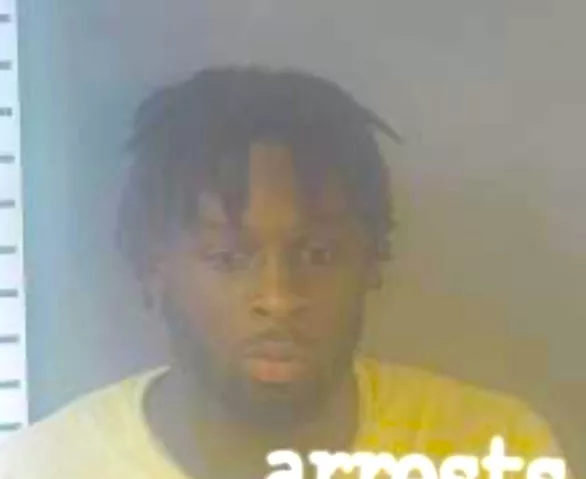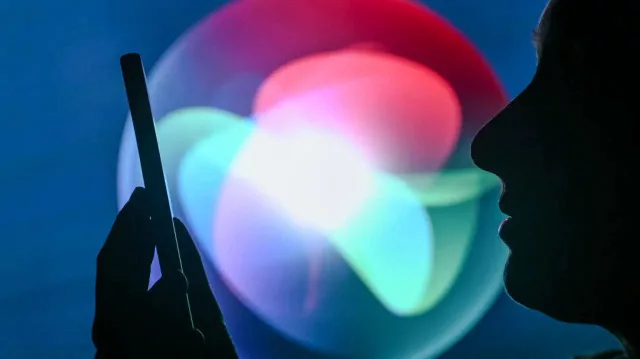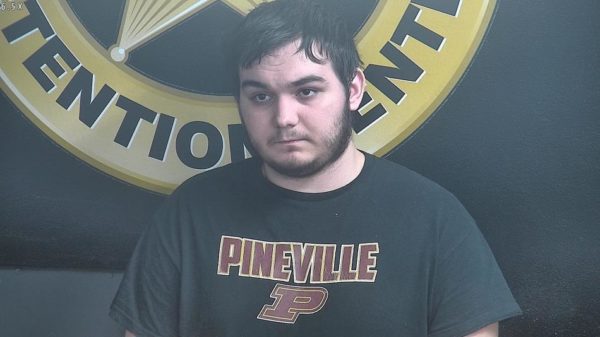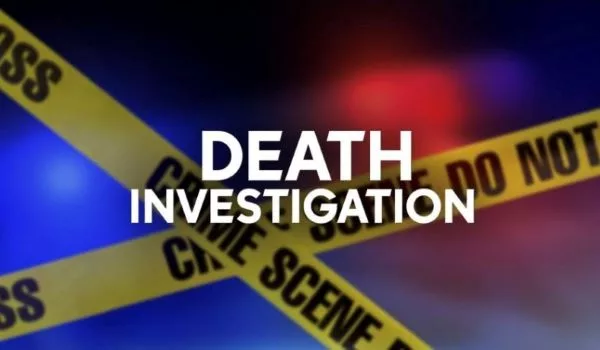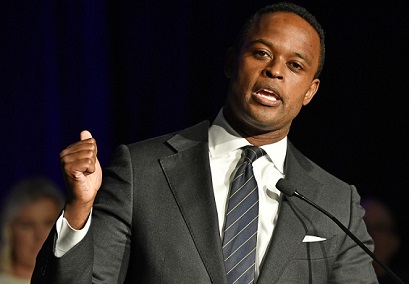
Kentucky’s attorney general acknowledged that he never recommended homicide charges against any of the police officers conducting the drug raid that led to Breonna Taylor’s death, and said he didn’t object to a judge’s order to publicly release the grand jury’s deliberations.
Amid outrage over the jury’s decision last week to not charge any of the officers for Taylor’s fatal shooting, Attorney General Daniel Cameron said Monday that he didn’t object to the public release of the proceedings or to any members of the panel speaking publicly about their experience.
“We have no concerns with grand jurors sharing their thoughts on our presentation because we are confident in the case we presented,” Cameron said in a written statement.
A judge ordered the record released during the arraignment hearing for Detective Brett Hankison, the lone officer indicted by the grand jury.
Cameron said the grand jury is meant to be a “secretive body,” but “it’s apparent that the public interest in this case isn’t going to allow that to happen.”
The attorney general said a record of the proceedings would be released Wednesday, and that the public “will see that over the course of two-and-a-half days, our team presented a thorough and complete case to the grand jury.”
An attorney for Taylor’s family reiterated the need to release the complete record.
“Since the grand jury decision was announced, we’ve been saying that Daniel Cameron clearly failed to present a comprehensive case that supported justice for Breonna,” attorney Ben Crump said in a news release Tuesday.
In his statement Monday, Cameron also revealed that the only charge he recommended to the jury was wanton endangerment. He had previously declined to say what charges he recommended.
The public also deserves to know if any other criminal charges were explored by the grand jury aside from that recommendation, said attorney Kevin Glogower, who is representing a grand juror who sued on Monday to have the recordings released and to allow the panel’s members to talk publicly about their experiences.
Cameron has “yet to answer what was actually presented as far as the charges and the individual they were directed to,” Glogower said to reporters Tuesday. “I think that’s important to know and my client feels the same.”
The motion filed by the grand juror to release the panel’s proceedings accused Cameron of “using the grand jury to deflect accountability and responsibility for (the indictment) decisions.”
The grand jury charged Hankison with three counts of wanton endangerment for firing through Taylor’s apartment into an adjacent unit with people inside. No one in the adjacent unit was injured. Hankison, who was fired from the force for his actions during the raid, pleaded not guilty on Monday.
None of the officers were indicted in the killing of Taylor, who was shot five times after they knocked down her door to serve a narcotics warrant on March 13.
Cameron said at a news conference last week that prosecutors “walked them (the grand jury) through every homicide offense and also presented all of the information that was available to the grand jury.”
The attorney general said two of the officers, Jonathan Mattingly and Myles Cosgrove, were justified in firing their weapons because Taylor’s boyfriend had fired at them first. Mattingly was struck by a bullet in the leg. There was no conclusive evidence that any of Hankison’s bullets hit Taylor, Cameron said.
“For that reason, the only charge recommended was wanton endangerment,” he said.
The officers were carrying a “no-knock” warrant but Cameron said they knocked and announced their presence at Taylor’s door. Cameron said that’s based on a single witness who said he heard police announce themselves, but a report from The Courier-Journal said that witness gave conflicting accounts to police.
Aaron Sarpee told police in March that nobody identified themselves, but in a follow-up interview in May he said he heard officers announce ”this is the cops,” according to documents obtained by The Courier Journal.
A coroner’s report says Taylor was shot five times and died of multiple gunshot wounds. It says she was hit in the torso, her upper left arm and both legs. She tested negative for drugs and alcohol.
The public disclosure of grand jury minutes is rare. Most states have laws that would make it impossible. Other states, such as California, allow it under very specific circumstances, and some places require a judge’s order.
Grand jury transcripts were released in the police shooting of Michael Brown in Missouri. But a judge refused to release the minutes of the grand jury that decided not to indict New York City officers in Eric Garner’s death in 2014, citing in part concerns over secrecy. In Georgia, 11th Circuit this year ruled against releasing grand jury records in the 1946 lynching of two Black couples.
The Associated Press





